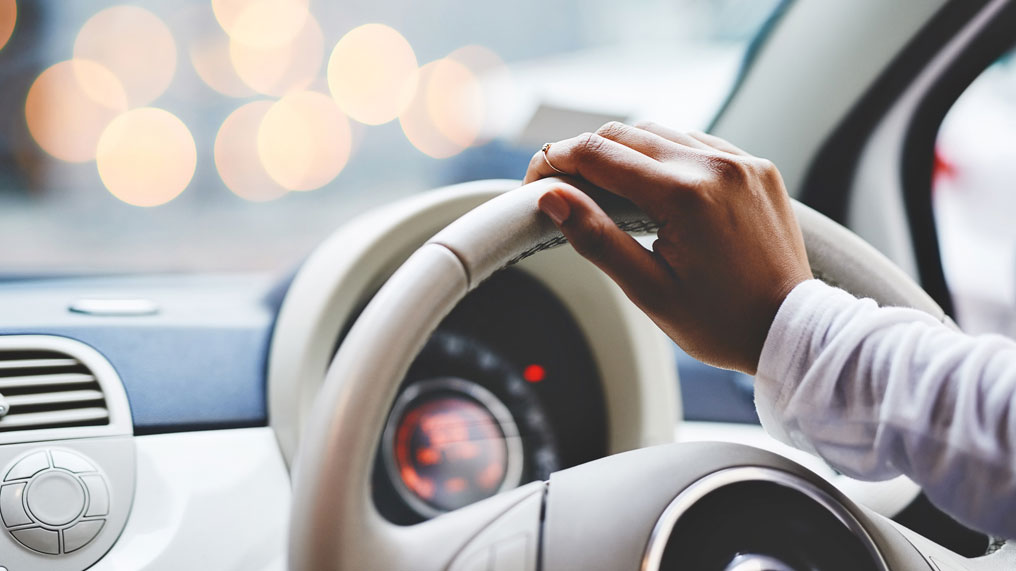Learning to drive can be a complicated and daunting business. Here's some help in getting you behind the wheel.
Before you start...
You can apply for a provisional driving licence when you’re 15 years and nine months old, but can't begin learning to drive until you're 17. The provisional licence allows you to drive on public roads as long as you're supervised by a qualified instructor or suitable adult - criteria can be found on the GOV.uk website.
You’re not allowed to start driving until you’ve actually received your provisional licence; merely applying for it isn't good enough.
Eyes right
It’s a sensible idea to have an eye test before you start driving. It’s possible that even if your eyesight is perfectly good enough for schoolwork, reading or working at a computer, you may need glasses to aid your vision on the roads.
Getting started
You need to make sure that you’re insured to drive. If you’re having driving lessons, your instructor will have the necessary insurance cover on their car. Lessons with a recognised driving instructor are highly recommended as they’re trained to be teachers and their cars are usually fitted with dual controls, so they can take over in an emergency.
If you’re a young driver, you can often be insured on your parents' vehicle if they add you as a named driver. This also means you might be able to build up your own no claim discount.

Testing times
When it comes to taking your driving test, you’ll find there are two parts to it: theory and practical. You have to pass the theory before you can take the practical.
There are two parts to the theory test:
- a multiple choice section
- a hazard perception section
The test isn’t designed to trick you and is there to assess whether you have sufficient knowledge of things like road signs, stopping distances and general road-awareness.
GOV.uk has practice tests that let you get used to what the real test will be like, which might make you more comfortable when it comes to taking the real thing.
"Even as a learner, you need to make sure that you’re insured to drive"
You’ll receive your results before you leave the test centre and if you’ve passed you can then discuss with your driving instructor when they think you might be ready to take your practical test. A theory test pass is valid for two years; if you haven’t passed your practical test within that time, you’ll have to retake the theory test. Waiting lists can be long, so make sure you leave plenty of time to apply.
When you go to a test centre to take your practical test, don’t forget to take your provisional licence with you, along with your theory pass certificate and a form of photo ID. The practical test will last around 40 minutes and you can get a rundown of what to expect on the GOV.uk website.
New drivers
Congratulations on passing your driving test! Although you're now a qualified driver, remember that you aren't yet an experienced driver.
So, drive carefully, drive considerately and you can make the most of the freedom that being able to drive will bring you.
When you’re learning to drive, you aren’t allowed on a motorway, so now you’ve passed why not consider a motorway driving lesson?
It will cover how and when to overtake, joining and leaving slip roads and how to deal with roadworks.




